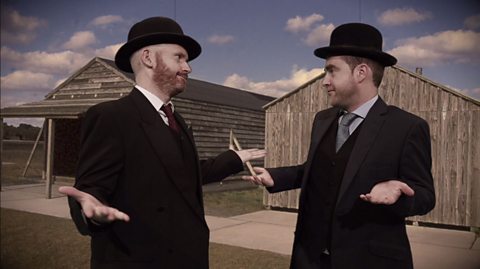Northern Ireland has a strong history in aviation, punching well above its weight when compared to other, much larger nations. Here are some of the local pioneers who took a leap into the unknown and helped make the aerospace industry what it is today.
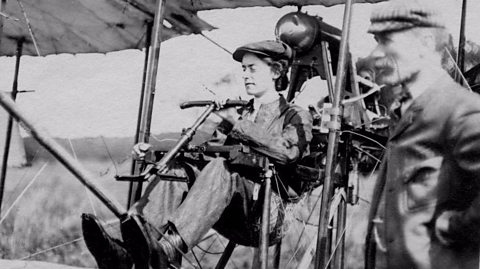
Lilian Bland was the first woman in the world to design, build and fly her own aircraft. She was born near Maidstone in Kent but her father moved the family back to his native Carnmoney, near Belfast, in 1900 when her mother died.
Lilian was adventurous and unlike other girls at the time she wore trousers, drank beer and taught Ju-Jitsu! She was a talented sports photographer and journalist who took part in hunting, fishing and shooting.
Even though she obtained her jockeyÔÇÖs license and applied to race in the Grand National, she was turned down because women werenÔÇÖt allowed to take part.
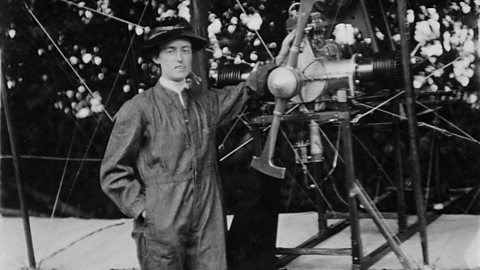
In the mid 1900ÔÇÖs Lilian developed a fascination for flying and began building her own plane. Made from wood, with bicycle handlebar controls and textile wings, the ÔÇÿMayflyÔÇÖ took off on its first unmanned test flight in 1910 from Carnmoney Hill.
By August that year it had an engine and a fuel tank, ready for piloted flight. After a few failed attempts, Lilian took off from the Deerpark Estate in Randalstown, with a badly tempered bull for company.
She flew at a height of 30 metres for a quarter of a mile. Worried about her safety, LilianÔÇÖs father offered to buy her a car if she would stop flying. Thankfully for him, she agreed!
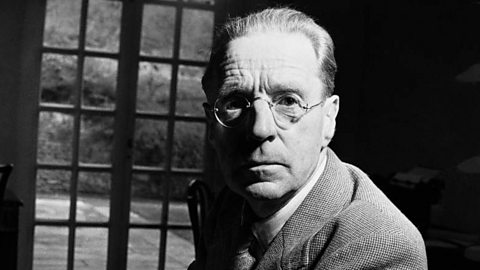
Henry Ferguson - better known as Harry - was an inventor and engineer who made the first powered flight in Ireland. Born near Dromore in County Down, he left school at 14 and worked in his brotherÔÇÖs car and bicycle repair shop in Belfast. Harry was a talented mechanic with a daredevil streak, earning a reputation for performing stunts and racing motorbikes.
Inspired by the daring exploits of the Wright Brothers, who flew a plane for the first time in 1903, Harry turned his attention to the skies. After visiting air shows across Europe in 1909 and jotting down some ideas, Harry convinced his brother to start building their very own plane.
Dick Strawbridge talks about Harry's aviation career. The Great Flying Challenge (┤¾¤¾┤½├¢ One NI 2016).
There were a few false starts because of technical failure and bad weather but Harry was determined to fly before the year was out. By New YearÔÇÖs Eve the Ferguson monoplane was ready, taking off from Hillsborough Park to make Harry the first man in Ireland to design and fly his own plane.
Although his achievements in aviation are impressive, Harry is better known for designing and building tractors and farm machinery. His factory in Coventry was once the largest devoted to the production of tractors in the world and the Massey Ferguson bears his name to this day.
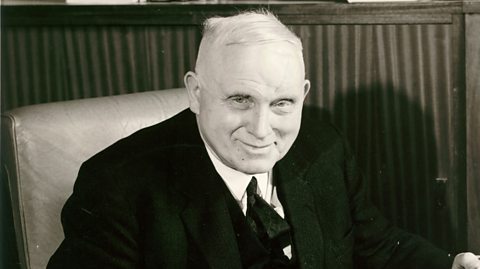
Sir James Martin was born in Crossgar, County Down in 1893. He was a brilliant engineer in his teenage years, creating everything from a three-wheeled car to a fish fryer. In 1929 he set up his own company in England to design and build planes.
In 1934 he founded the Martin Baker Aircraft Company with his friend Captain Valentine Baker, a flight instructor who had served in World War One. With Captain Baker as his test pilot, they began working on aircraft for the Royal Air Force during World War Two.
Bailing out at zero feet by Pathe News (1955).
Sadly Captain Baker died in a crash while testing one of the planes and it had a big impact on James. He now focussed his efforts on improving pilot safety. Due to the number of accidents during World War Two, he was approached by the Ministry of Defence for help.
The outcome was the invention of the rocket propelled ejector seat which was first used for real in May 1949. Martin Baker ejector seats are still made and used across the world today. They have saved over 7,000 pilots.
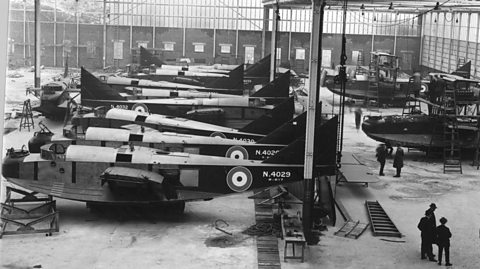
Formed by Eustace, Oswald and Horace Short, Short Brothers became the first aircraft manufacturing company in the world at the end of the 1900ÔÇÖs. They were given the British rights to build the Wright Flyer, made famous by American brothers Orville and Wilbur Wright in 1903.
Short Brothers opened a factory in Belfast just before the start of World War Two in partnership with Harland and Wolff. One of most well-known planes to come out of the Belfast factory was the Short Sunderland, a flying boat patrol bomber ordered by the RAF that was nicknamed the Flying Porcupine by the Germans.

Soon after the war Short Brothers became a Belfast based company. They continued to make military aircraft but as time passed, focussed more on planes that could move passengers and cargo. The most famous was the Short Skyvan, nicknamed the ÔÇÿFlying ShoeboxÔÇÖ because of its shape.
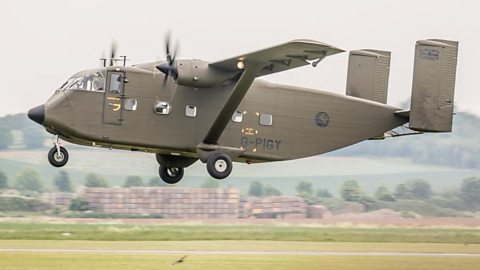
Short Brothers was taken over by Bombardier, a French-Canadian aerospace company, in 1989. They employ thousands of workers across Northern Ireland making wings and other aircraft parts which are shipped across the world.

More on Flight
Find out more by working through a topic
- count3 of 4
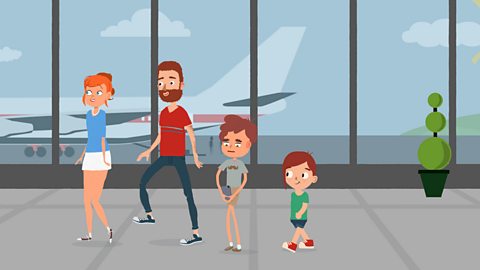
- count4 of 4

- count1 of 4
